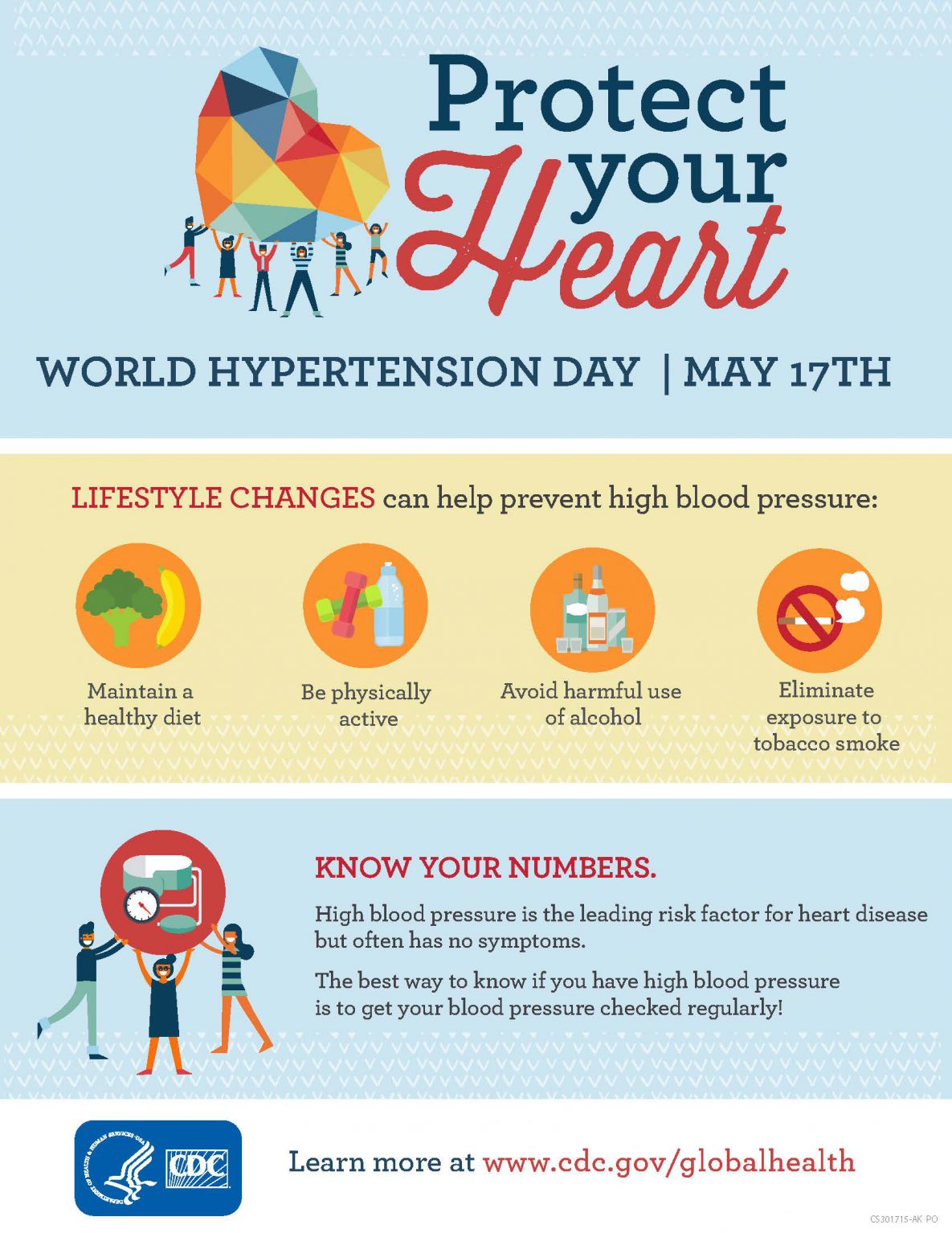Discover The Hernia Kinds That Demand Medical Action. From Inguinal To Hiatal, Discover Whatever You Require To Know For A Successful Treatment

Composed By-Eaton Leach
* Inguinal hernia: A protrusion of cells through a weakened area in the abdominal wall, commonly on one side of the groin.
* Hiatal hernia: A projection of the stomach via the diaphragm and into the chest cavity.
* Umbilical hernia: A bulge near the stomach switch that takes place when a weakened area in the abdominal wall enables fat or other tissue to press with.
* Forward rupture: A bulge that takes place when a damaged location in the stomach wall surface permits fat or other tissue to press through, commonly near a previous surgical cut.
* Incisional rupture: A lump that occurs when a weakened location in the abdominal wall enables fat or other cells to push through, frequently near a previous medical incision.
It is essential to keep in mind that not all hernias need surgical procedure, however these kinds do. If you suspect you have a rupture, it is essential to get in touch with a healthcare professional for correct diagnosis and treatment.
So, you've been experiencing some pain recently, and after a detailed evaluation, your physician has actually figured out that you have a hernia. Currently, prior to you start worrying, it is very important to understand that not all hernias require medical treatment.
However, there are certain types that do, which's what we're below to talk about. From inguinal hernias to umbilical ruptures and even hiatal ruptures, every one offers its own unique difficulties and factors to consider.
Yet allow's not prosper of ourselves right now. We'll dive into the specifics soon enough.
Inguinal Ruptures
If you're experiencing pain and pain in your groin location, you may have an inguinal hernia that calls for medical intervention. An inguinal rupture happens when a part of the intestine or cellulite pushes via a weak point in the inguinal canal, which lies in the lower abdominal area.
This type of rupture is more common in males than females and can be caused by elements such as heavy lifting, straining throughout defecation, or persistent coughing. Symptoms of an inguinal rupture consist of a bulge in the groin area, pain or pain when coughing or raising, and a feeling of pressure or weakness in the groin.
If left unattended, an inguinal rupture can lead to complications such as digestive tract obstruction or strangulation, which is why medical treatment is required to fix the rupture and stop more issues.
Umbilical Hernias
Do you know what an umbilical rupture is and exactly how it can be treated surgically?
An umbilical rupture occurs when a part of the intestine or abdominal cells protrudes with a weak spot in the abdominal wall near the tummy button.
If you have an umbilical rupture that needs medical treatment, right here are three therapy options to consider:
- Hernia repair surgical procedure: This is one of the most common treatment for umbilical hernias. During the procedure, the surgeon will certainly make an incision near the hernia and press the extending tissue back into location. They'll then reinforce the abdominal wall surface utilizing stitches or a mesh patch.
- Laparoscopic surgery: In many cases, a minimally intrusive approach called laparoscopic surgical procedure may be used. This strategy includes making small cuts and making use of a camera and specialized tools to repair the hernia.
- Open surgical procedure: In more complicated cases, open surgery may be needed. This involves making a bigger cut to accessibility and fix the rupture.
Hiatal Hernias
A hiatal rupture occurs when part of the tummy protrudes with the diaphragm right into the upper body dental caries. This sort of rupture is relatively common and typically requires medical intervention.
Hiatal ruptures can be classified into 2 primary types: gliding and paraesophageal hernias. Gliding hernias are one of the most usual and happen when the lower part of the esophagus and the top of the stomach slide up into the chest through the hiatus, a little opening in the diaphragm.
On the other hand, paraesophageal hernias are much less usual yet much more severe. In this kind, a portion of the tummy pushes with the hiatus along with the esophagus, triggering potential difficulties like gastric volvulus or strangulation.
Surgical repair is typically necessary to deal with hiatal ruptures and relieve symptoms such as heartburn, breast discomfort, and trouble ingesting.
https://www.healthline.com/health/pregnancy/hernia-after-pregnancy have it, the various kinds of ruptures that require medical treatment.
One instance of a rupture situation that called for surgical treatment is John, a 45-year-old guy who dealt with an inguinal rupture. Regardless of his first pain and worry, John selected surgical intervention.
The treatment succeeded, and he experienced a complete recovery, enabling him to return to his regular tasks without any more complications.
Keep in https://wpta.marketminute.com/article/pressadvantage-2023-11-21-the-iskandar-complex-hernia-center-releases-comprehensive-guide-on-hernia-surgery-timing , it's important to seek advice from a health care professional if you believe you might have a rupture that requires medical therapy.

